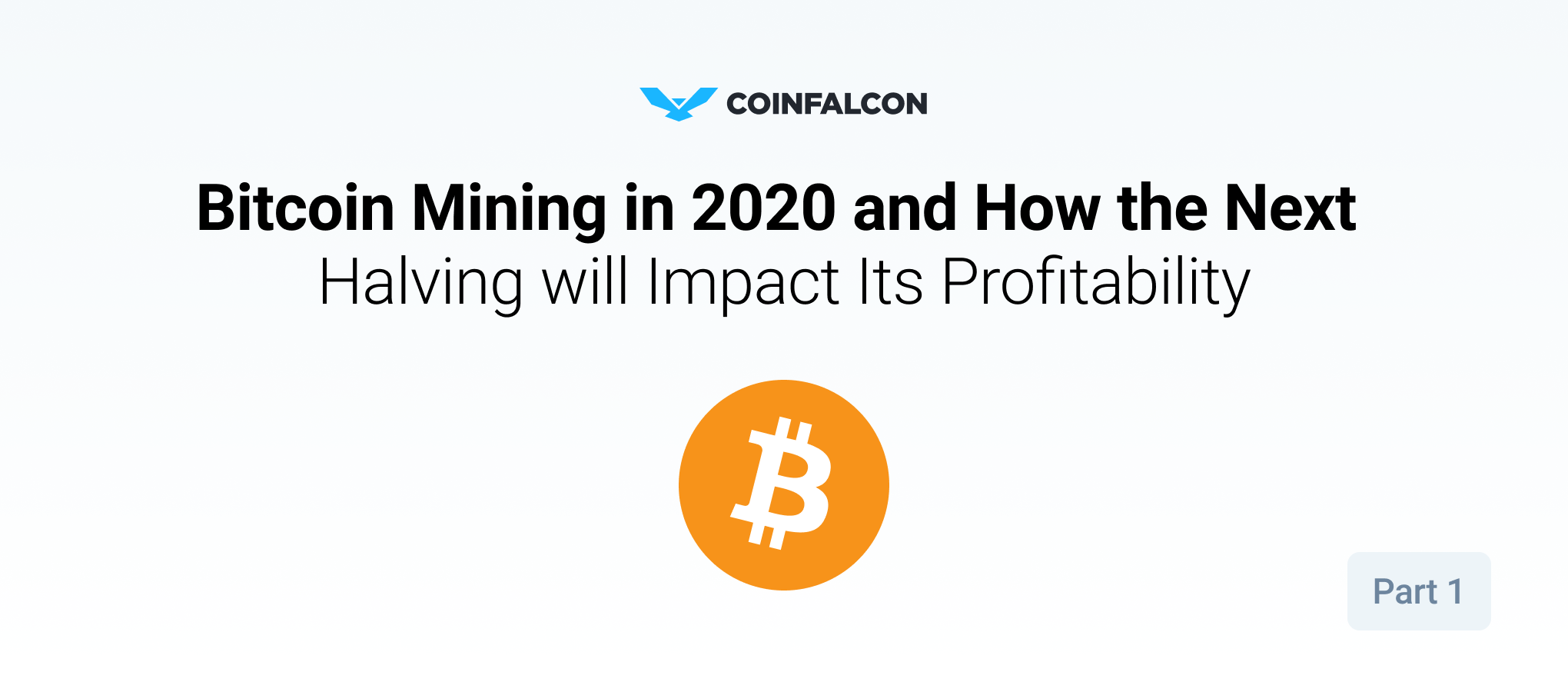Image Source: World Economic Forum
On October 18, the 18 millionth Bitcoin was mined, which translates to around 85% of the total bitcoin supply, which is capped at 21 million only. Following the new milestone, the world’s number one cryptocurrency now has around 85.7% of total coins mined, with around 373,888 bitcoins left to mine until the next halving, according to BitcoinBlockHalf.com.
While buying bitcoin on an exchange like CoinFalcon is usually simple and allows you to buy fractions of the cryptocurrency, there are those who prefer to mine their coins. But with this milestone, you’re probably wondering if bitcoin mining is still profitable. Well, the short answer is no, especially for retail investors.
Bitcoin Mining Profitability
If you have been following news on bitcoin, you’ll notice that everyone has been focused on the constant price movements, while mining has rarely been mentioned. And for good reason. Bitcoin mining stopped being profitable during the crypto winter of 2018. This year-long bear market even led to Bitmain, one of the top mining companies, firing as much as 50% of its workforce. At the time, the prices of other altcoins were dropping, which meant mining them was even more unattractive. As such, retail investors were better off buying bitcoin on the secondary market than mining it on their personal computers and joining mining pools.
Understanding Bitcoin Mining
Before we delve into the profitability of mining for the coming year, we need to recap what Bitcoin mining is all about. When you hear bitcoin “mining,” you’re probably envisaging people in damp mines digging coins out of the ground, like physical gold. But as you well know, bitcoin isn’t physical. So why then do we call it mining?
Because it’s actually similar to gold mining. For one, the bitcoins exist in the design of the protocol just as gold exists underground, but they haven’t been brought out into the light yet, similar to gold that hasn’t yet been dug up. Now, this bitcoin protocol specifies that a total of 21 million bitcoins will exist, which the “bitcoin miners” bring out into the light, a few at a time.
The bitcoin that they uncover serves as their reward for creating validated transactions blocks and including them in the blockchain. Think of it like an incentive for these bitcoin miners to continue putting in resources to mine.
Another critical aspect of mining is that the newly validated transactions blocks secure the bitcoin network through solving computational math problems. This means that in order to take over the Bitcoin network, hackers will have to hack into 51% of the mining network. However, it takes an enormous amount of computational power to take over a network, so while it is theoretically possible to perform the hack, chances of success are slim to none. That’s why the bitcoin blockchain has never been hacked before.
Bitcoin Mining and Halving
From the explanation above, you can arrive at two important points. One, bitcoin mining secures the network and will remain secure as long as miners continue mining. Thanks to this cycle, mining remains a key component in Blockchain today and in the future. Secondly, bitcoin has a fixed supply, which means at some point, there will be nothing left to mine, unless of course, its protocol is changed to allow for a larger supply. In the meantime, however, we’ll proceed with the premise that the bitcoin protocol remains unchanged.
This brings us to the crucial topic of bitcoin halving. When Satoshi Nakamoto, the inventor of bitcoin, set up the bitcoin protocol, he highlighted one vital detail about mining, among others -- the number of bitcoins generated per block was set to decrease by 50% every 210,000 blocks. This basically means that the reward for mining reward will be reduced by 50% from what it used to be after a set period. That’s what bitcoin halving is all about. This halving occurs roughly every four years.
Image Source: Investopedia
Bitcoin Halving To Date
- The first halving occurred in November 2012, reducing the number of bitcoins generated per block from 50 BTC to 25 BTC.
- The second halving was in July 2016, which saw the reward per block cut in half from 25 BTC to 12.5 BTC.
- The next halving event is estimated to occur sometime in May 2020. After this, miners will receive only 6.25 BTC for solving a block.
- Following the math of this halving events, the last bitcoin is expected to be mined in the year 2140.
Why is Bitcoin Halving Necessary?
Halving is Satoshi's way of actualizing his vision for a deflationary, digitally-scarce crypto asset. By slowing the distribution of bitcoins through halving this way, inflation can be kept under control. This also affects the price of the cryptocurrency since the economic law of demand and supply stipulates that the lower the supply of a commodity, the higher its price will be.
Going back to the comparison with gold -- there’s only a limited amount of gold in the world, and with every gram that is mined, the remaining gold becomes much harder to find and extract. Thanks to this limited supply, gold has maintained its value both as a store of value and as an international medium of exchange for thousands of years. The hope is that bitcoin will emulate gold in this regard.
Check out the part two of this series to understand how the next expected halving will impact bitcoin mining profitability and price. We’ll also cover mining challenges and the easier way to obtain bitcoin and other crypto assets.


